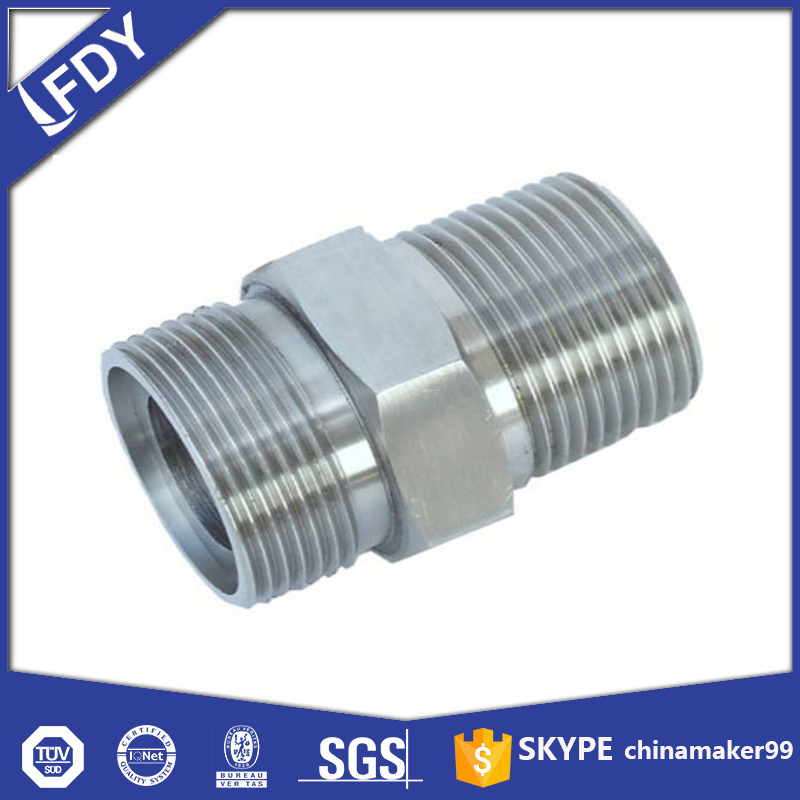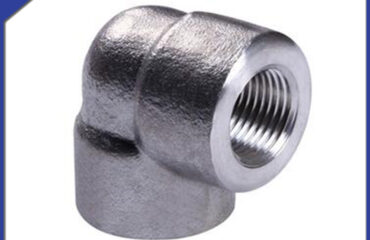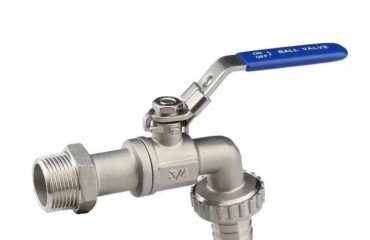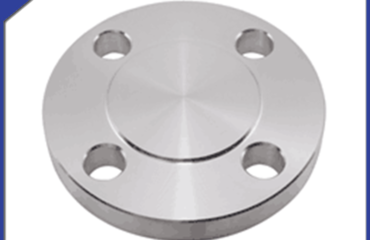
Tube nipples are small but critical components in piping systems, serving as short, threaded connectors that link pipes, valves, or fittings. Unlike longer pipe sections, their compact design makes them ideal for tight spaces and precise connections, yet their role is often overlooked—until a leak or misalignment disrupts operations. To maximize their performance, it’s essential to grasp their key variations, proper installation, and long-term care.
Key Types of Tube Nipples and Their Uses
Not all tube nipples are the same; their design varies based on application needs. Full-threaded nipples feature threads along their entire length, making them suitable for connecting two female fittings directly, such as in plumbing fixtures or small-scale water systems. Half-threaded nipples, by contrast, have threads only on both ends, with a smooth middle section—this design is preferred for high-pressure environments like industrial air compressors, as the unthreaded part adds strength and reduces leak risks.
Another critical distinction is material. Brass nipples excel in residential plumbing and beverage lines, as they resist corrosion from water and mild chemicals and are easy to thread. Stainless steel nipples (often 304 or 316 grade) are the top choice for harsh settings: 316 stainless steel, for example, stands up to saltwater in marine applications and acidic fluids in chemical processing. For low-pressure, non-critical uses like irrigation, galvanized steel nipples offer a cost-effective option, though they may rust over time in wet conditions.
Common Installation Mistakes to Avoid
Even the right tube nipple will fail if installed incorrectly. One frequent error is over-tightening: forcing the nipple beyond its recommended torque can strip threads or crack the fitting, creating hidden leaks that only surface later. Most manufacturers recommend using a torque wrench to match the material’s specifications—brass, for instance, requires less torque than stainless steel.
Another mistake is ignoring thread compatibility. Tube nipples use either NPT (National Pipe Taper) or BSP (British Standard Pipe) threads, which are not interchangeable. Using an NPT nipple with a BSP fitting leads to poor sealing and leaks, as the thread angles and tapers differ. Always check the thread type marked on the nipple or fitting before installation.
Additionally, skipping thread sealant in appropriate cases is a risk. For water or air systems, Teflon tape or pipe dope fills small gaps in threads, preventing leaks. However, avoid sealant on gas lines—some sealants react with gas, and gas-specific nipples often have pre-applied seals.

Maintenance Tips for Longevity
Proper maintenance extends a tube nipple’s lifespan and prevents unexpected failures. Regular visual inspections are simple but effective: look for signs of corrosion (especially on galvanized steel), thread damage, or fluid leaks around the connection. In high-humidity areas like bathrooms or factories, wipe down exposed nipples periodically to remove moisture buildup.
For industrial systems handling corrosive fluids, routine pressure checks help catch weakening nipples early. If pressure drops unexpectedly, it may indicate a small leak in the nipple or its connections. Replacing aging nipples proactively—even if they look intact—is wise: brass nipples in plumbing, for example, should be replaced every 10–15 years, while stainless steel nipples in industrial use can last 20+ years but benefit from replacement if exposed to extreme temperature cycles.
 Language
Language Espanol
Espanol English
English Italian
Italian عربى
عربى
 Skype: chinamaker99
Skype: chinamaker99  Tel: 86-316-5120812
Tel: 86-316-5120812  Email:
Email:  Whatsapp:
Whatsapp: 

